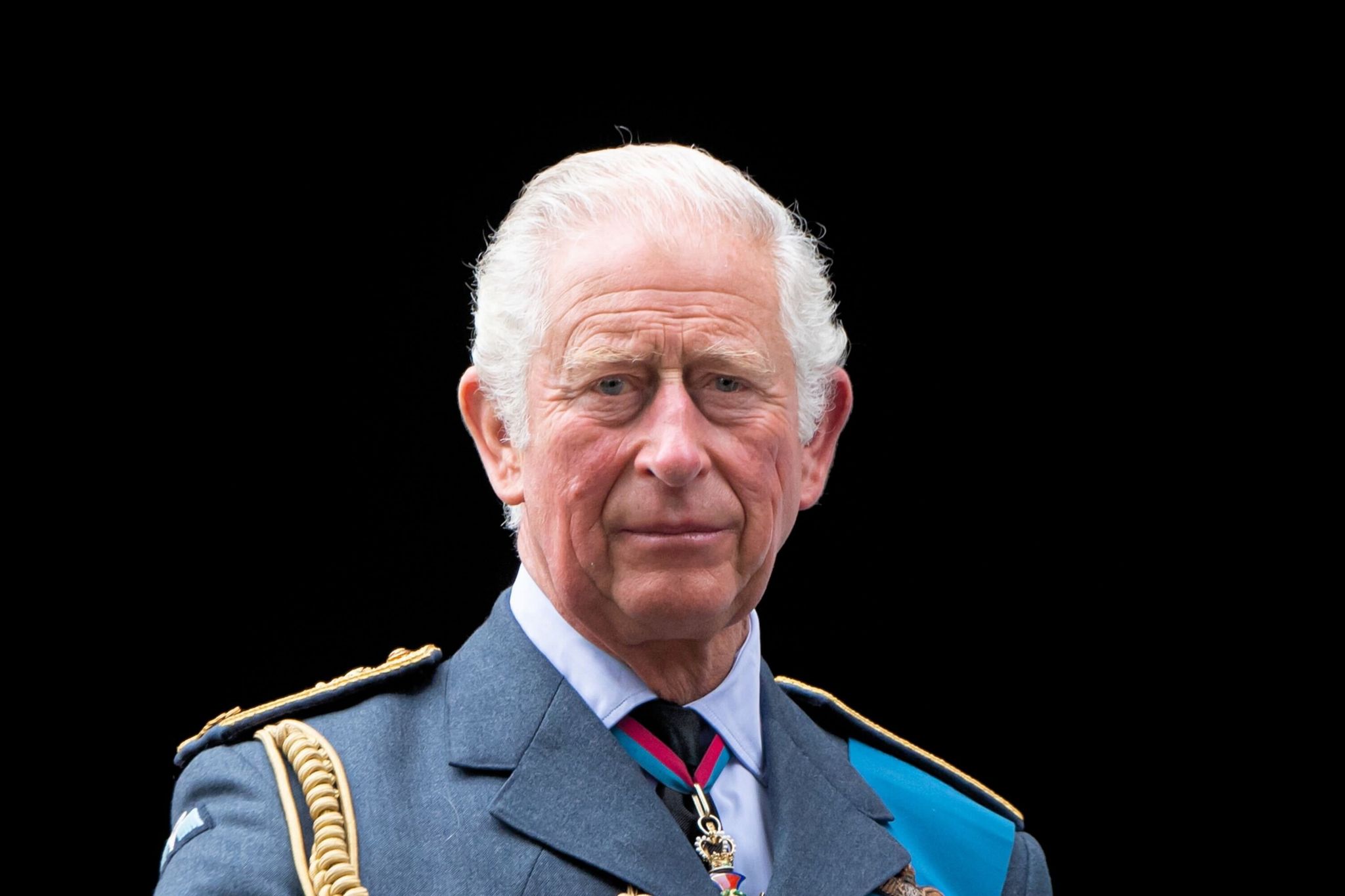King Charles III, the UK's monarch
- Published

After Queen Elizabeth II died, the throne passed immediately and without ceremony to King Charles III.
He became the UK's monarch at the age of 73 and was crowned at Westminster Abbey on 6 May 2023.
Who is Charles?
Charles was born at Buckingham Palace on 14 November 1948. He was 4 years old when his mother was crowned as Queen Elizabeth II.
Instead of being tutored at the palace, his education was in school. He attended Hill House in West London, Cheam Preparatory School in Berkshire and Gordonstoun in Eastern Scotland.
In 1969, at the age of 20, he was invested by the Queen as Prince of Wales at Caerfarnon Castle. Before the investiture, the then prince learnt Welsh at University College of Wales in Aberystwyth.
Family life
He married Lady Diana Spencer on 29 July 1981 at St. Paul's Cathedral in London. They had two sons: Prince William, born on 21 June 1982; and Prince Harry, born on 15 September 1984.
Their marriage was dissolved on 28 August 1996, although the Princess of Wales continued to live at Kensington Palace and to carry out her public work. Diana was killed in a car crash in Paris on 31 August 1997.
On 9 April 2005, he married Queen Camilla in a civil ceremony at the Guildhall, Windsor.
Regnal Name
He is known as King Charles III.
That was the first decision of the new king's reign. He could have chosen from any of his four names - Charles Philip Arthur George.
His former title of the Prince of Wales passed to his eldest son and heir, Prince William, when he became king.
King Charles's wife, Camilla, became the Queen Consort - consort is the term used for the spouse of the monarch.
Formal ceremonies
Charles was officially proclaimed King on the Saturday following the Queen's death. This event took place at St James's Palace in London, in front of a ceremonial body known as the Accession Council.
This was made up of members of the Privy Council - a group of senior MPs, past and present, and peers - as well as some senior civil servants, Commonwealth high commissioners, and the Lord Mayor of London.
It included a series of prayers and pledges, commending the previous monarch and pledging support for the new one.
The proclamation was then signed by a number of senior figures including the prime minister, the Archbishop of Canterbury, and the Lord Chancellor. It was read aloud from a balcony above Friary Court in St James's Palace and for the first time since 1952, the national anthem was played with the words "God Save the King".
The King's first declaration
King Charles attended the second meeting of the Accession Council, along with the Privy Council.
This was not a "swearing in" at the start of a British monarch's reign, in the style of some other heads of state, such as the president of the US.
Instead, the King made a declaration to uphold the constitutional government and - in line with a tradition dating from the early 18th Century - he made an oath to preserve the Church of Scotland.
The proclamation announcing Charles as the King was later read out in Edinburgh, Cardiff and Belfast.
The Coronation
The symbolic high point of the accession was the Coronation, when Charles was formally crowned. Because of the preparation needed, the Coronation was almost eight months after the King's Proclamation.
It was held in Westminster Abbey where coronations have been held for the last 900 years - William the Conqueror was the first monarch to be crowned there, and Charles was the 40th.
It is an Anglican religious service, carried out by the Archbishop of Canterbury. At the climax of the ceremony, the St Edward's Crown was placed on Charles's head - a solid gold crown, dating from 1661.
This is the centrepiece of the Crown Jewels at the Tower of London, and is only worn by the monarch at the moment of coronation itself (not least because it weighs a hefty 2.23kg - almost 5lbs).
Unlike royal weddings, the coronation is a state occasion - the government pays for it, and ultimately decides the guest list.
The new King took the Coronation oath in front of the watching world in a ceremony that was followed by millions. During this elaborate ceremony he was anointed using oils of orange, roses, cinnamon, musk and ambergris. He received the orb and sceptre as symbols of his new role and the Archbishop of Canterbury placed the solid gold crown on his head. Queen Camilla was also crowned at the ceremony.
Head of the Commonwealth
Charles is the head of the Commonwealth, an association of 56 independent countries and 2.5 billion people. For 14 of these countries, as well as the UK, the King is head of state.
These countries, known as the Commonwealth realms, are: Australia, Antigua and Barbuda, the Bahamas, Belize, Canada, Grenada, Jamaica, Papua New Guinea, St Christopher and Nevis, St Lucia, St Vincent and the Grenadines, New Zealand, Solomon Islands, Tuvalu.
The early days of his reign
Even though he has not been head of state for long, King Charles III has already seen two prime ministers during his reign. He has visited France, Romania and Germany - where he was the first British monarch to address its federal parliament, the Bundestag.
In February 2024 the King was diagnosed with a form of cancer and paused his public appearances.
©All photographs are copyright